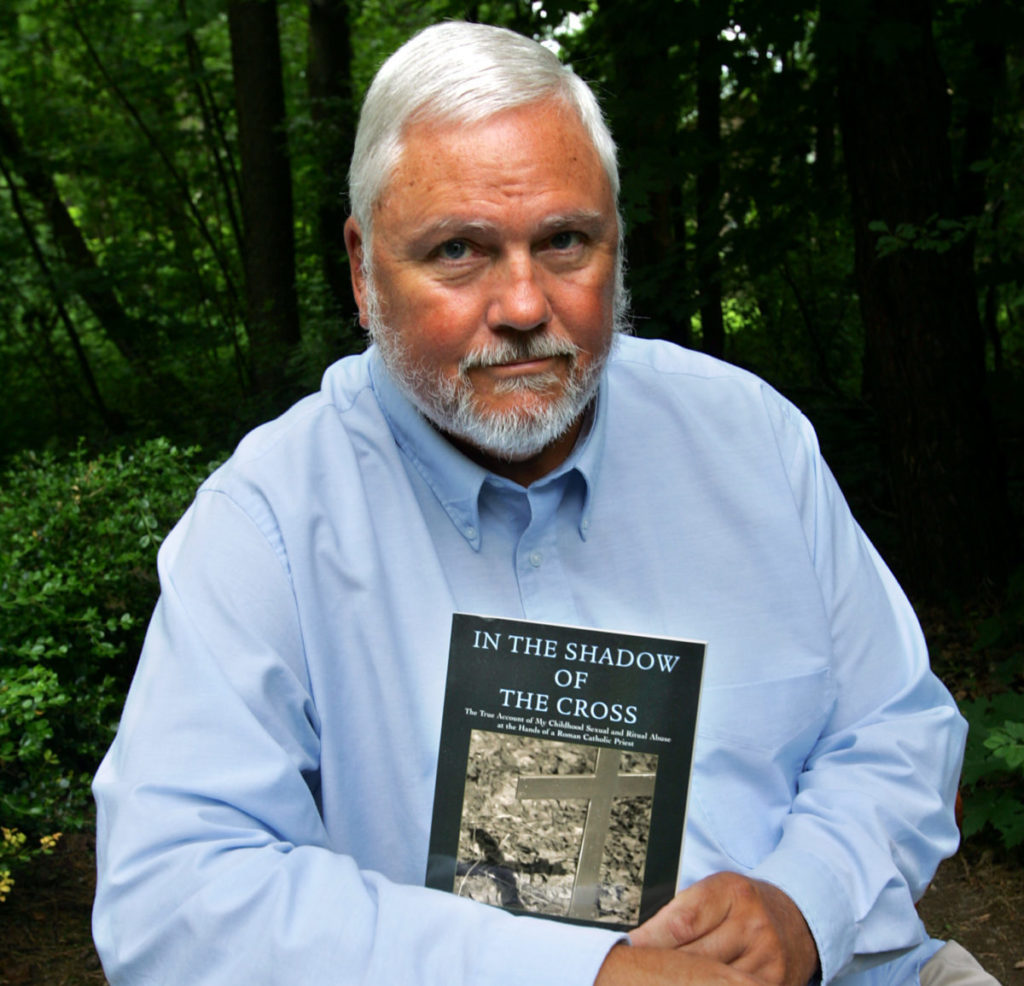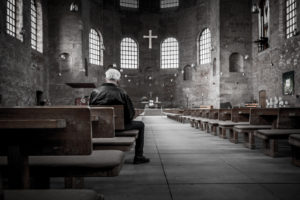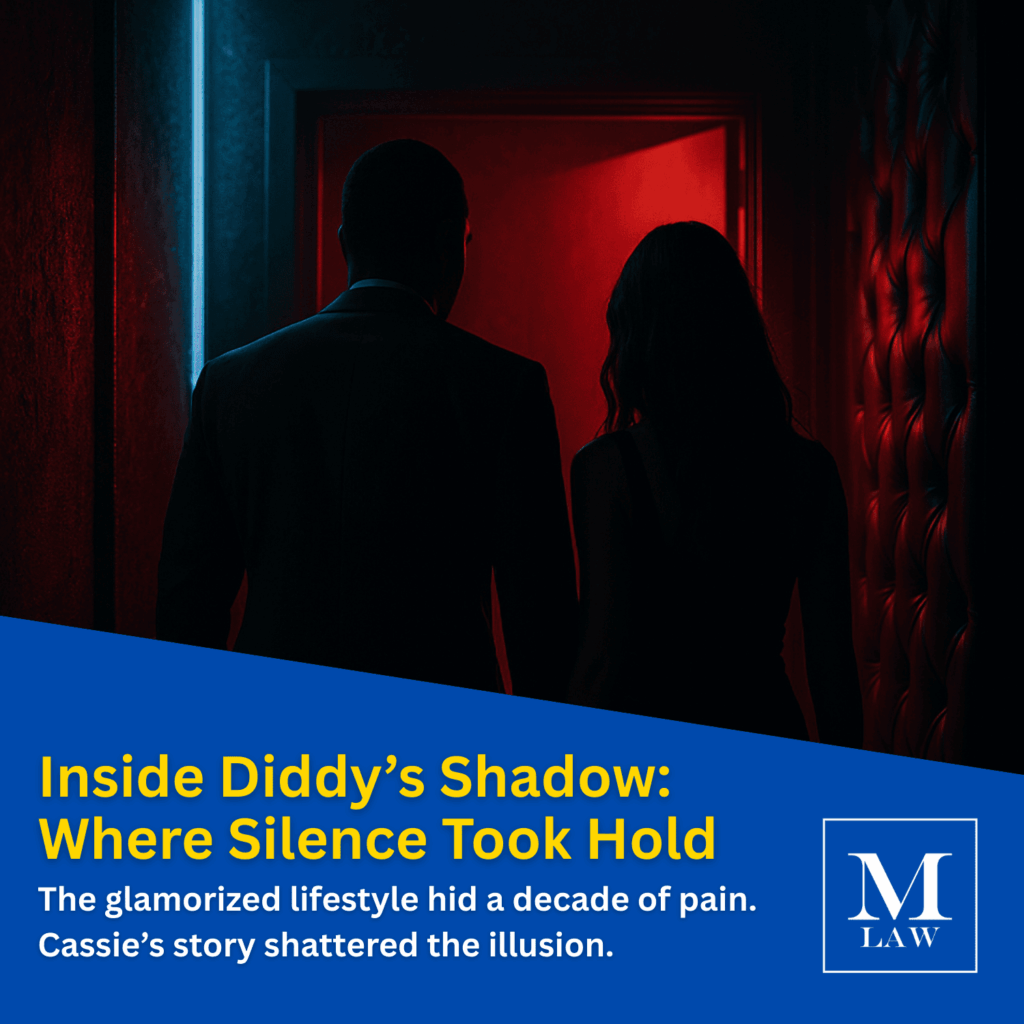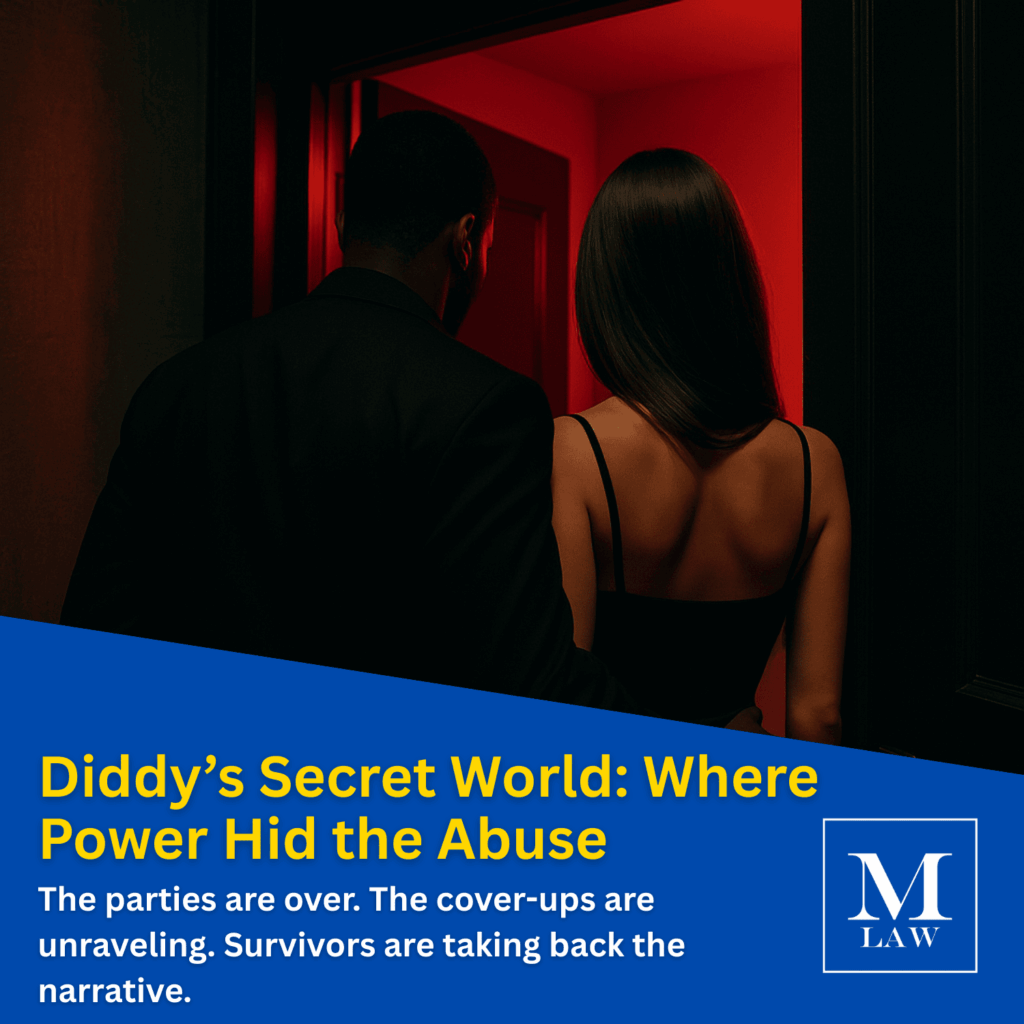Syracuse clergy abuse victims: ‘It’s way past time’ for new compensation program
SYRACUSE, N.Y. — Two survivors of sexual abuse at the hands of clergy in the Syracuse diocese are greeting the news of a new compensation program with caution.
One victim, Charlie Bailey, said it is a good first step to help people like himself to finally get affirmation of the trauma they endured, but he added the details of the program are crucial.
Another victim, Kevin Braney, said he’s still not sure if he’ll participate at all in the compensation program.
“Maybe there’s hope here that something has changed. Maybe,” Braney told Syracuse.com | The Post-Standard. “But I really don’t have enough information now.
“There’s wounds for me from what happened,” he said. “And there’s wounds for me from what happened when I came forward. So my healing is not dependent on the church. I’m open to it.”
On Wednesday, Syracuse Diocese Bishop Robert Cunningham announced a new compensation program open to 76 victims who have already accused clergy of abuse.
Two independent mediators will evaluate their accusations and offer compensation. The church has agreed to pay whatever amount the mediators decide is appropriate.
But there are some caveats: Only victims who have made previous allegations can receive the compensation. Victims relinquish their right to sue when they accept the money. And the fund is more limited here than it is in similar programs in the New York City area.
In New York City, the church has a $100 million loan it is using to pay hundreds of victims, and there is no deadline for coming forward. Mediators can provide an award shortly after determining one is appropriate.
But in Syracuse, as described at an Ash Wednesday news conference, the compensation will come from the church’s general insurance fund. All the victims’ cases will be evaluated, and the compensation will be apportioned to each victim after the fact based on the limited money in that fund.
Diocese officials would not say Wednesday how much money is in the fund, but they said the amount paid out to victims will be released at the end of the process. They also could not estimate how long the process might take.
Still, Bailey said he finally feels seen by the church.
“I think it’s a terrific starting point. I didn’t realize that there would be this cap part, because this is life long damage that was done to us. It’s not like this was a sprained ankle,” he said. “I think it’s way past time that the diocese is doing the right thing. They’re standing up. They want to address this.”
Bailey’s attorney, Jordan Merson, is representing other Syracuse-area victims and others who have participated in the programs downstate. He said he’s encouraging Bailey and other victims to think carefully about accepting the money and, if possible, seek legal counsel.
The diocese is providing a lawyer free of charge upon request for the sole purpose of explaining the nature of the release, which an eligible claimant must sign in return for receiving compensation, officials said.
Merson said compensation has ranged from $50,000 to $500,000 in the cases in New York City.
He did not have a guess of how much might be paid out in the Syracuse diocese area.
“For the first time in many, many years, there is now a forum for people to be heard and to have an avenue of justice,” Merson said. “The program has been, for some of my clients, disappointing, but for many of my clients it’s been helpful.”
Ultimately, Merson and both victims said, they’ll have to wait and see.
Life after trauma
Bailey has become an advocate for victims like himself, serving as the coordinator for the Central New York chapter of SNAP — Survivor Network of those Abused by Priests.
He said the abuse he endured has resulted in major health problems in the decades following including triple bypass surgery, stints and other surgeries.
“The doctor has told me that a lot of those physical manifestations have come up because of the trauma you’ve endured as a child,” he said.
When Bailey was 10 in the 1960s, Bailey said Rev. Thomas Neary began “grooming” him. The priest would single him out for praise and eventually told Bailey’s parents he was going to offer him special lessons on becoming a priest, he said.
Bailey said Neary took him to a room and raped him, a routine that would be repeated dozens upon dozens of times for several years. He said Neary often told him he was worthless and threatened to hurt his family if he told the truth.
“It affects you through everything you do in your life. There’s people who took advantage of me because I had such a low self worth,” Bailey said. “What jobs did I miss out on? What promotions did I miss out on? What could I have been? A doctor? A lawyer? What did I settle for? It’s hard to put a dollar figure on that.”
The diocese has found his allegations to be credible.
Braney is now based in the Denver area where he works as a training director at a mental health center. He still gets choked up when talking about the abuse he said he suffered in the 1980s in Manlius by Monsignor Charles Eckermann.
Braney said he was 15 years old when Eckermann would take him to a room in the basement of St. Ann’s Church in Manlius. Braney said he’d be wearing his altar boy’s cassock when Eckermann would assault him. He said the monsignor threatened to kill him if he ever disclosed the ordeal.
Braney said he once told another priest of the abuse, only to be struck by the priest and told never to speak of it again.
The church found his allegations to be credible.
“I still do not understand why victims are not welcomed home to our church with open arms,” Braney said. “It’s been a really painful process where I was told I would never get an apology.”
Original story found here.








